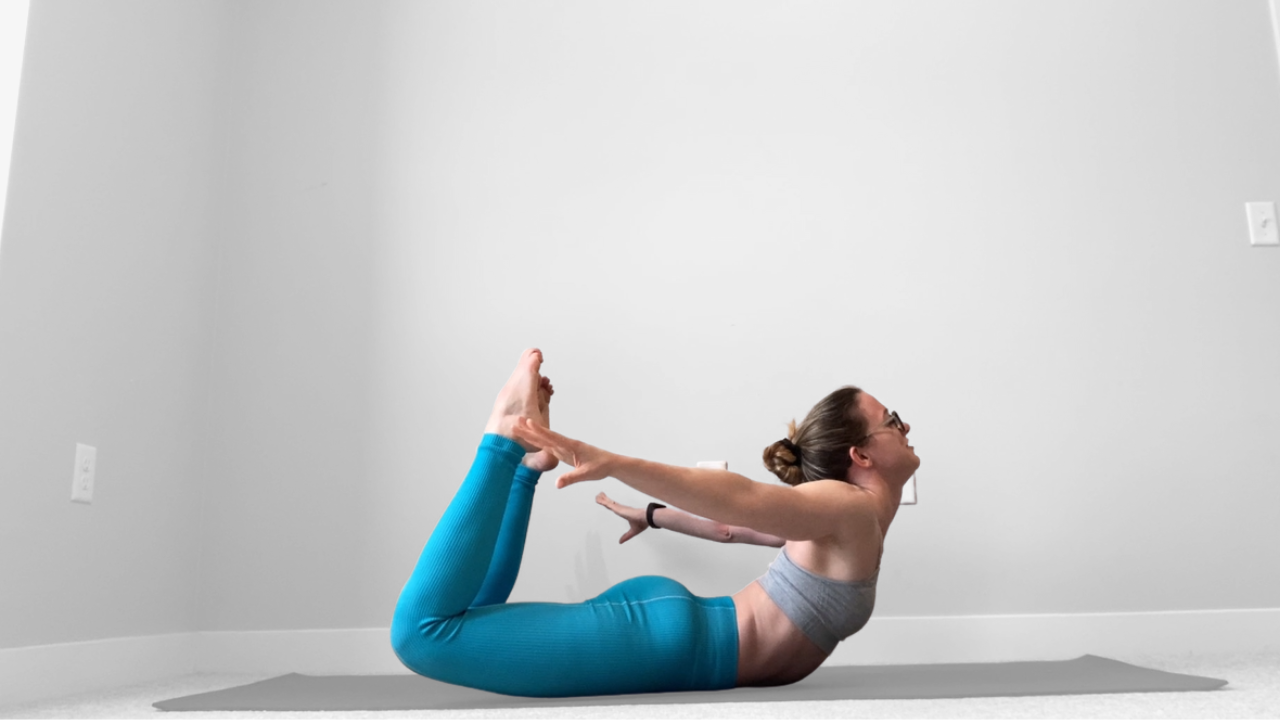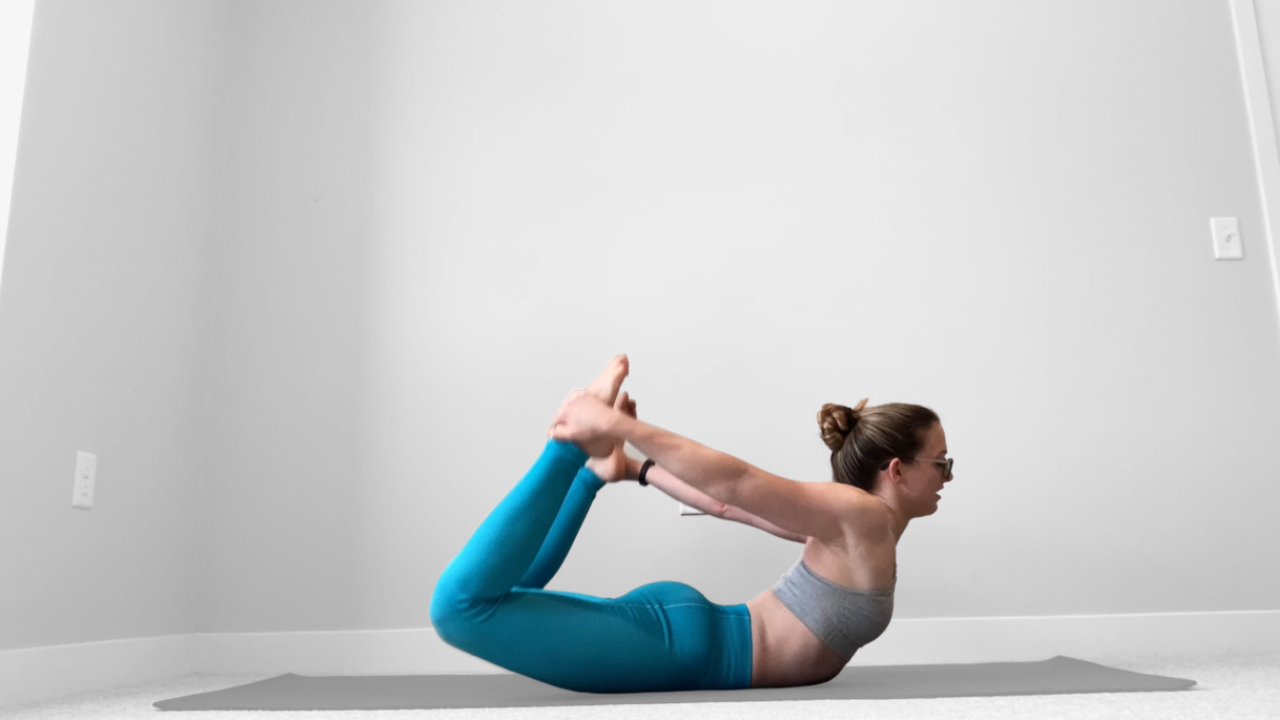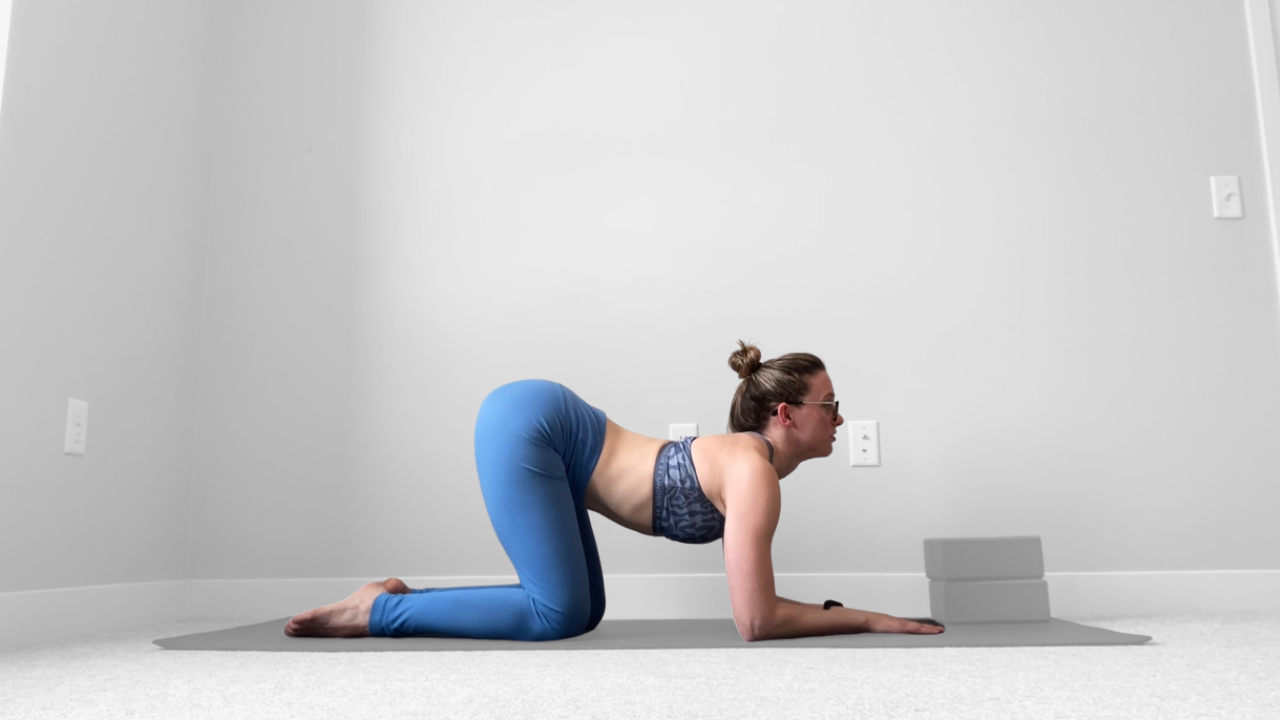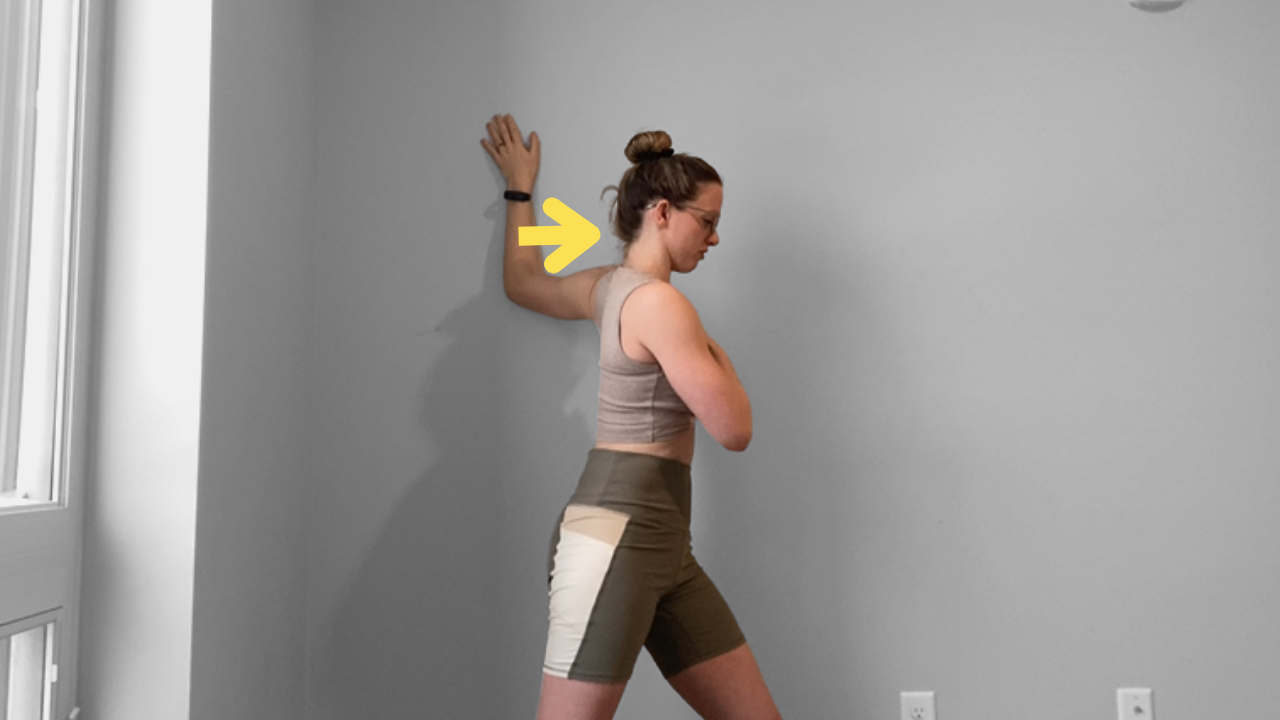Shoulder Stretches
Flexopedia: Shoulders
Jump To: Overview | Stretches for Flexion | Stretches for Extension | Stretches for External Rotation | Stretches for Internal Rotation | Stretches for Circumduction | Miscellaneous Shoulder Stretches
Psssst - this page is still “under construction” so if it doesn’t look like there are as many exercises listed here as on some of the other pages - that’s why!
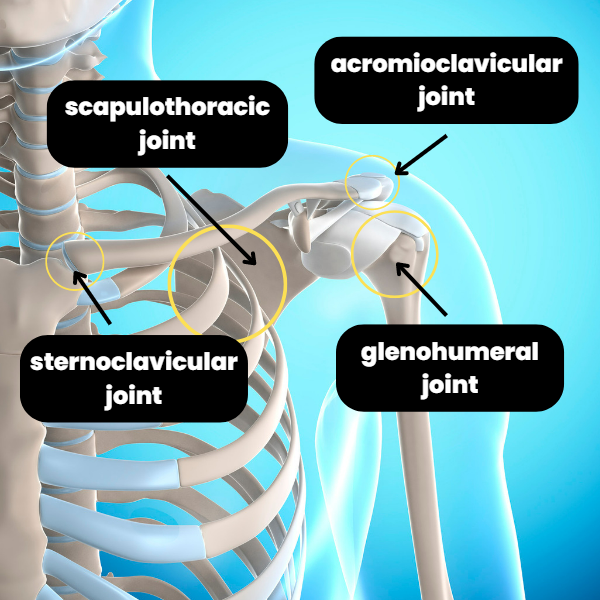
When we talk about our “shoulders” we’re actually talking about 3-4 different joints that connect our upper limb to our torso:
glenohumeral joint - the joint between the glenoid fossa of the scapula and the head of the humerus (aka “the ball-and-socket joint between the outside of our shoulder blade and upper arm bone)
acromioclavicular joint - the joint between the acromion process of the scapula and the clavicle (aka “between the outside top corner of the shoulder blade and the outside of the collar bone”)
sternoclavicular joint - the joint between our sternum and clavicle (aka “between our breastbone and collarbone)
scapulothracic “joint” - the false joint (because there’s no synovial fluid between the bones of the joint, but we still often treat this as a joint for purposes of discussion of shoulder movement) between our scapula and thoracic cage (aka “between the underside of the shoulder blade and the backside of our ribs”).
That means when we talk about shoulder “stretches” we’re talking about all the muscles that link our collar bone, shoulder blade, and upper arm bone to our trunk.
On the front of the body: (anterior) deltoid, pectoralis major & minor, sternocleidomastoid, subclavius, coracobrachialis (and technically even the biceps and triceps attach to the shoulder blade as well)
On our back: levator scapulae, rhomboid major & minor, trapezius, (posterior) deltoid, latissimus dorsi, serratus anterior
In our rotator cuff: supraspinatus, infraspinatus, teres minor, subscapularis
All that to say - our shoulders are complex! For the sake of organization, instead of listing shoulder stretches by muscle group, I’ll group them by the range of motion they support -which is often a better functional focus for folks looking to improve their shoulder flexibility anyway:
shoulder flexion
shoulder extension
shoulder external rotation
shoulder internal rotation
shoulder circumduction
Note: abduction (opening an arm out to the side) as wall as adduction (pulling your arm toward your side) are also common ranges of motion - but we rarely intentionally train these from a flexibility perspective, so I won’t be covering them in the Flexopedia at this time)
Shoulder flexion refers to being able to lift our arms up overhead, which is important for things like weightlifting moves where you need to press weight straight overhead, handstands, bridges, and pole moves where you need to reach your arm up-and-back to grab your foot or the pole.
Shoulder extension refers to reaching your arms back behind you in space. This is helpful for moves like skin-the-cat and reverse planks. If you’ve ever struggled with the “rear hand clasp” stretch this is that range of motion!
Shoulder external rotation can be a tricky concept for some students because it looks different depending on where our arms are in space - in general, you can think of it as rotating your upper arms to the outside. With arms down by your sides, it refers to rotating your upper arms to the outside (palms facing forwards, trying to rotate them to the outside). With arms overhead, this refers to rotating our upper arms to the outside (palms facing each other, or continuing to rotate so palms face behind you). This is a super important position to train for backbends (here’s a whole blog post that goes into more detail), as well as increasing overhead shoulder flexibility (shoulder flexion).
Like external rotation, internal rotation can look a little different depending on our arm position. Generally, it means rotating our upper arm in towards our midline. With arms by our sides, that means trying to rotate our biceps backwards (so palms face backwards, or even start to rotate to the outside). When arms are overhead, that means rotating your biceps in towards each other (palms starting to face forwards, or even to the outside). We rarely use this in arms-overhead positions (due to the potential of compressing a nerve), but it can be helpful when combined with shoulder extension (reaching an arm backward) to do practical things like reach a hand up your back to scratch an itch.
Shoulder circumduction is basically a combination of all of the ranges of motion above, referring to the ability to trace a cone shape with our upper arm (like when you’re doing arm circles).
These are all the shoulder stretches that didn’t quite fit into one of the existing categories above.
Dani is a Minneapolis-based flexibility coach and professional contortionist who loves sharing her enthusiasm for flexibility training with the world.















